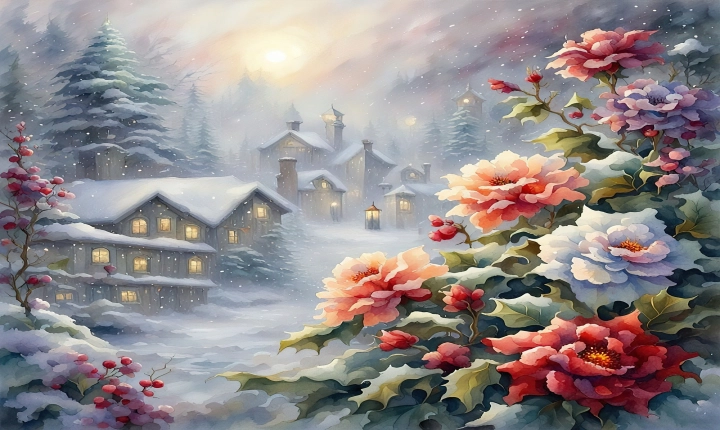If you have ever marveled at the lifelike images generated by artificial intelligence (AI), you may be wondering how these AI pictures are created. AI has become increasingly capable of generating stunning visual content, from realistic portraits to fantastic landscapes. In this article, we will explore the methods and techniques used to create AI pictures and the tools that are leveraged by both researchers and enthusiasts alike.
One of the most common methods used to generate AI pictures is through the use of Generative Adversarial Networks (GANs). GANs are a type of neural network architecture that consist of two networks: a generator and a discriminator. The generator network creates images from random noise, while the discriminator network evaluates these images and provides feedback to the generator. Through this adversarial process, the generator improves its ability to create lifelike images, while the discriminator becomes better at distinguishing between real and generated images.
Another popular approach for creating AI pictures is through the use of StyleGAN, which is an extension of GANs that focuses on learning and reproducing the style of real images. StyleGAN is particularly known for its ability to generate high-resolution, diverse, and visually appealing images that closely resemble real photographs.
In addition to GANs and StyleGAN, there are also other AI models and techniques, such as variational autoencoders (VAEs) and deep reinforcement learning, which are utilized to generate visual content. These methods leverage sophisticated algorithms and large datasets of images to train AI models to produce images that exhibit meaningful features and realistic details.
To apply these techniques, researchers and AI enthusiasts often use programming languages such as Python and deep learning frameworks like TensorFlow and PyTorch. These tools provide the necessary infrastructure to develop and train AI models for image generation, as well as to experiment and refine the generated images.
Furthermore, there are user-friendly AI art platforms and tools available, such as RunwayML and DeepArt, which allow non-technical users to create AI-generated pictures through an intuitive interface. These platforms often encapsulate complex AI models and provide an accessible way for artists and creators to explore the potential of AI-generated imagery.
It’s important to note that while AI-generated pictures can be visually impressive, they also raise ethical concerns and considerations. The use of AI in generating images can give rise to questions related to copyright, authenticity, and the potential misuse of generated content. As AI technology advances, it is crucial for the industry and society to address these ethical implications and develop responsible practices for creating and using AI pictures.
In conclusion, the process of creating AI pictures involves leveraging advanced machine learning techniques such as GANs, StyleGAN, and VAEs, as well as utilizing programming languages and deep learning frameworks. Whether developed by researchers, artists, or enthusiasts, AI-generated images continue to push the boundaries of what is possible in the realm of visual content. As we continue to explore the capabilities of AI in image generation, it is essential to consider the ethical implications and ensure that the technology is used responsibly and ethically.
